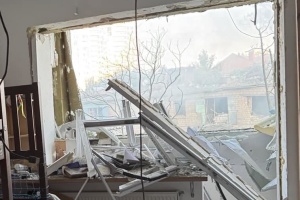
UN advisor says Ukraine's demining will take decades, first phase to last five years
He made this statement in a comment to Ukrinform's correspondent in New York.
Heslop explained that demining would occur in three chronological phases. He noted that removing the most immediate threats — those directly endangering lives — might take around five years. Resolving the bulk of the problem, he added, could require between ten and fifteen years.
However, Heslop stressed that full clearance could take significantly longer. As an example, he mentioned Germany and Belgium, where unexploded ordnance from the First and Second World Wars is still being found. He also pointed out that Ukraine only finished clearing certain areas of World War II-era ammunition last year.
He mentioned that in Belgium, farmers continue to uncover old shells during plowing — a phenomenon known as the "iron harvest" — even a century after World War I.
Despite the scale of the challenge, Heslop expressed confidence that with adequate support, the determination of the Ukrainian people, and the use of modern technologies, the impact of landmines on daily life could be mitigated relatively quickly. He estimated that, with the right resources and Ukrainian ingenuity, the most severe effects of landmine contamination could be significantly reduced within five to ten years — though the legacy of the issue would likely persist for decades.
Earlier, Heslop described Ukraine's landmine contamination as a global problem, affecting not only security but also global food and energy prices.




